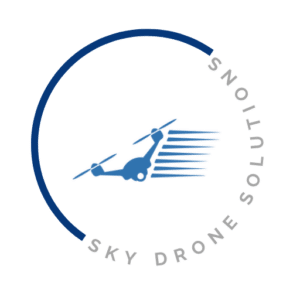Frequently Asked Questions
Drone Services and Capabilities
What types of drone services do you provide
We offer aerial imaging, 3D mapping, site progress monitoring, photogrammetry, and inspection services.
Videos and detailed photos can also be provided.
What Kind of Data Can We Expect From Your Drone Services
We provide high-resolution images, video footage, 3D models, point clouds, and detailed reports customized to your project’s requirements and deliverables.
Operations and Safety
Do Drones Interfere With Site Operations?
Not at all, drone flights are quick and minimally intrusive, allowing us to capture data without disrupting work on site.
What Are Your Safety Measures For Operating Drones
We perform risk assessments, coordinate with site or the project managers, and follow best practice protocols to ensure safe drone operations on every project including people on the ground.
What Are Project Deliverables And Benefits
High-Resolution Aerial Photographs
High-quality still images captured from various altitudes and angles showing detail on the ground and the project.
Aerial Videos
We perform risk assessments, coordinate with site or project managers, and follow best practice protocols to ensure safe drone operations on every project, including people on the ground.
Interactive 3D Models and Maps
3D Models and Maps
Three-dimensional digital representations of terrains, buildings, or structures using photogrammetry.
Digital Elevation Models (DEMs)
Representations of the Earth’s surface elevation data include natural and built features.
Represents the bare ground surface without any objects.
Inspection Reports
Detailed reports, including annotated images and findings from inspections.
Volumetric Measurements and Analysis
Calculations of volumes for stockpiles, excavations, or landfills.
Progress Monitoring and Time-Lapse Imagery
Sequential images or videos capturing changes over time.Construction progress tracking, environmental changes, and site development documentation.
Reduce Theft And Increase Safety For Construction Sites
Material Tracking
Drones can capture detailed images of material stockpiles, enabling accurate volume calculations and inventory tracking.
Regular aerial imagery helps identify missing materials early, allowing for timely investigations.
Equipment Monitoring
Keeping track of the location of expensive machinery and equipment reduces the risk of loss or unauthorized use.
Data collected can inform how often equipment is used, helping to prevent idle time and reduce unnecessary rentals or purchases.
Monitoring Workflows
Aerial views provide insights into site operations, helping identify bottlenecks or inefficient practices that lead to material waste.
Visual data assists in allocating labor and equipment more effectively, ensuring materials are used efficiently.
Quality Control
Visual reports can quickly identify construction errors or defects that, if left unchecked, could lead to costly rework and material waste.
Ensuring that construction aligns with design plans reduces the risk of mistakes that waste time and resources.
Time-Stamped Visual Records
Regularly scheduled drone flights and photos and videos provide a chronological record of the project’s development.
In case of theft, damage, or disputes with subcontractors, documented imagery serves as valuable evidence.
Compliance and Reporting
Visual documentation helps demonstrate compliance with safety regulations and environmental standards.
High-quality images and videos can be shared with investors, clients, and regulators to keep them informed.
Minimizing Human Risk
Drones can access hard-to-reach or hazardous areas, reducing the need for personnel to enter risky environments.
Early identification of safety hazards prevents accidents resulting in material damage and project delays.
Drone Mapping Examples

0:16

0:16

0:16

0:16

